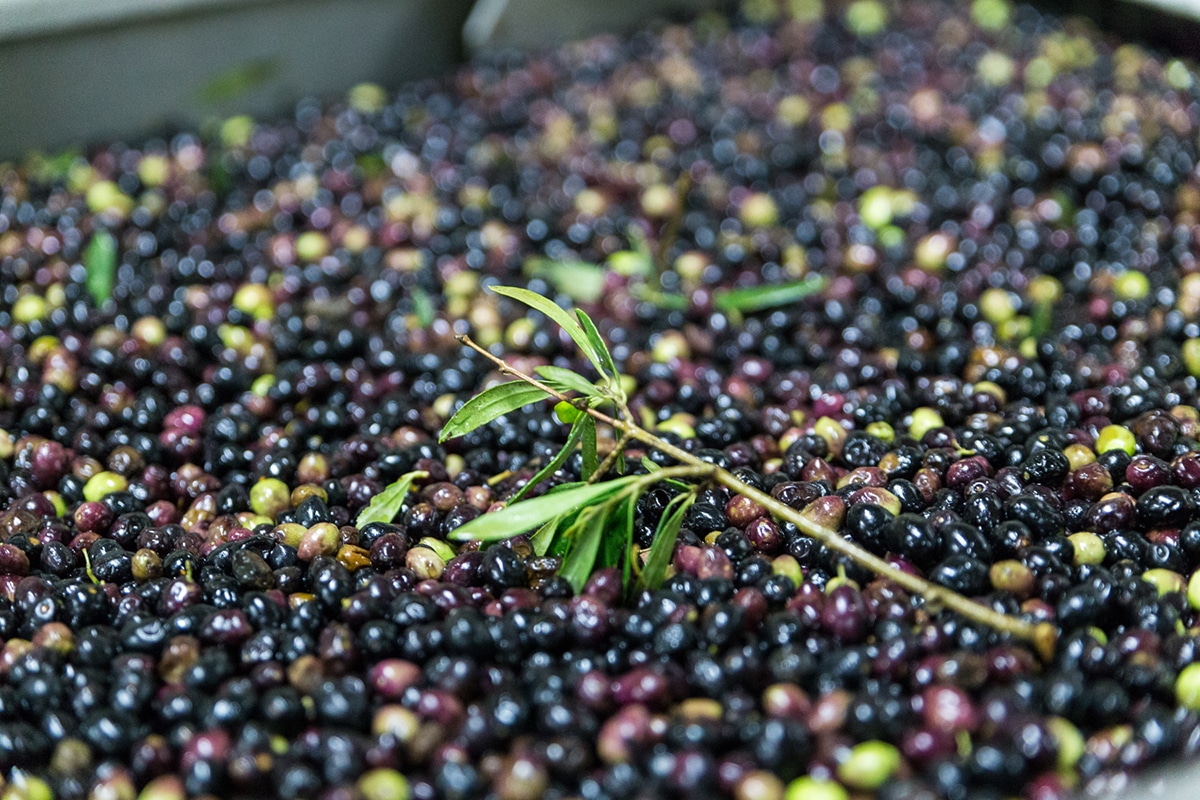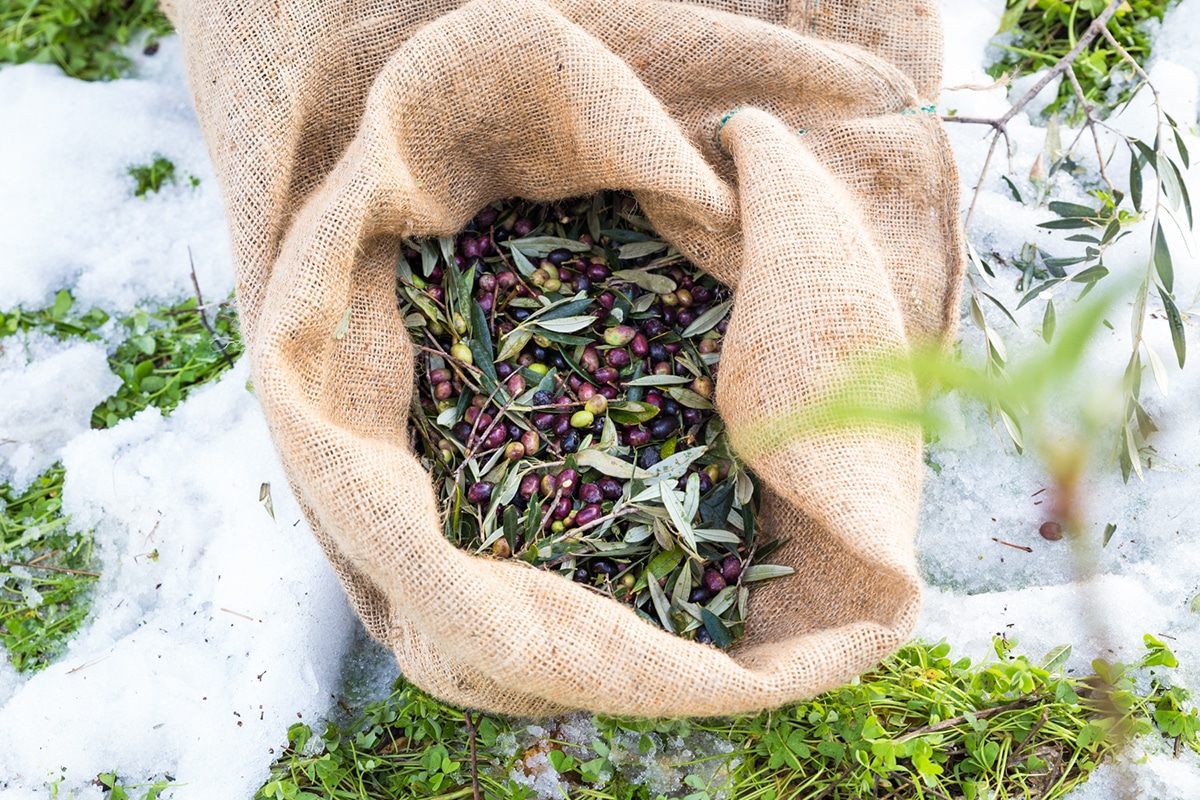If you like olives, you know how it goes. Before you know it, you’ve got 20 pits in front of you — but isn’t that a bit too much? Are the health benefits of an olive similar to those of olive oil? Is there really a difference between black and green olives? In short, are olives healthy or unhealthy?
Olive Composition
Olives contain between 115 and 145 calories per 100 grams, or about 59 calories for 10 olives (an average olive weighs around 4 grams). Olives are composed of 75-80% water, 11-15% fats, 4-6% carbohydrates, and a small amount of protein.
Of that fat content, 74% is oleic acid: a monounsaturated fatty acid. It’s the main component of olive oil and is associated with various positive health effects. We wrote about this earlier as well. Olives contain 4-6% carbohydrates, most of which are in the form of fiber.

Vitamins and Minerals
Olives are a good source of various vitamins and minerals. Here are the key ones:
1. Vitamin E: a powerful antioxidant. See the link above for more info.
2. Iron: black olives are a good source of iron, important for transporting oxygen in red blood cells.
3. Copper: an essential mineral many people on a Western diet lack. Copper deficiency may increase the risk of heart disease.
4. Calcium: the most abundant mineral in the body. It’s essential for bone, muscle, and nerve function.
5. Sodium: most olives are high in sodium, as they are packed in brine or salt water.

Did you know that scientific research has shown that olives — especially extra virgin olive oil — contain many antioxidants and that these are absorbed into the food when heated? For true olive oil aficionados, this is common knowledge! So yes, olives are definitely good for your health.
Is There a Difference Between Green and Black Olives?
No, there really isn’t. Though black olives are said to contain fewer bitter compounds. As mentioned earlier, black olives also contain slightly more iron than green ones. But in practice, you can’t definitively say that black olives are better than green. The color difference comes from the type of tree, although black olives are always green at first — but not yet ripe in that stage.

Conclusion: Are Olives Healthy?
The answer to the question: how many olives per day..? You can eat as many olives as you like. You might have to visit the bathroom a bit more often — as for some, they stimulate digestion — but there are no other negative effects. It also doesn’t matter much whether you eat green or black olives. It’s all about personal preference! We can definitely confirm that olives are a healthy snack. By the way, do you already know which olive is the base of our olive oil?
















